Motorized vehicles are a major part of our local transportation system and must be part of the sustainability equation. However, more and more, policies to promote biking and walking are a big part of the strategy in cities seeking to become more healthy, more vibrant, more attractive, safer, economically viable … sustainable. Bike lanes and bike paths, sidewalks, parking policies, land use planning, urban design guidelines … there is no dearth of examples of what many places are doing to improve pedestrian and bicycle accessibility. There are several illustrations of creative planning mentioned on the OCL Facebook fan page and this blog.
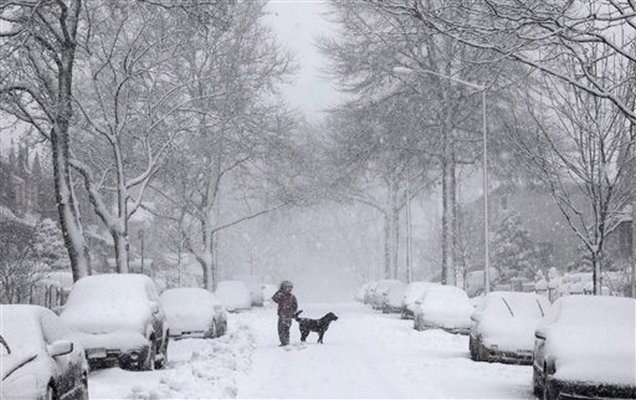 In places with snow, where there are sidewalks there is a snow removal issue. Sean Kirst’s March 3 column in The Post-Standard opens a conversation on ‘walkability’ that will hopefully lead to municipal governments in Onondaga County considering how best to ensure that their residents have the ability to walk safely alongside the streets in winter, as well as to drive safely on them.
In places with snow, where there are sidewalks there is a snow removal issue. Sean Kirst’s March 3 column in The Post-Standard opens a conversation on ‘walkability’ that will hopefully lead to municipal governments in Onondaga County considering how best to ensure that their residents have the ability to walk safely alongside the streets in winter, as well as to drive safely on them.
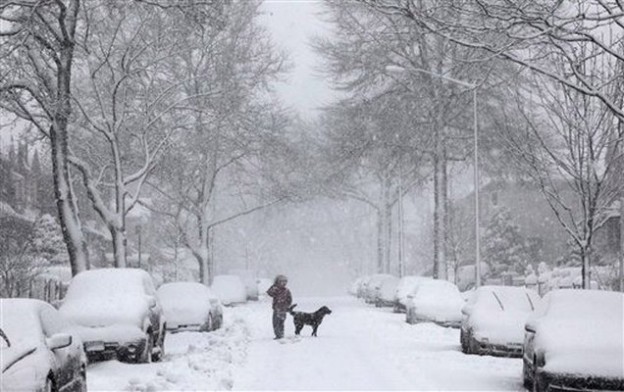


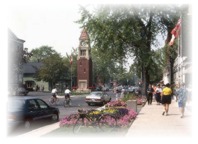
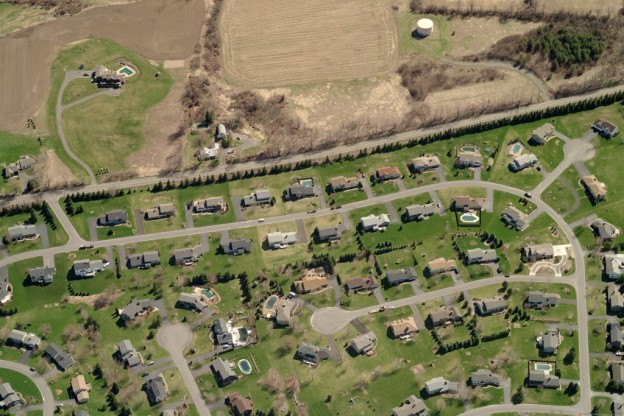
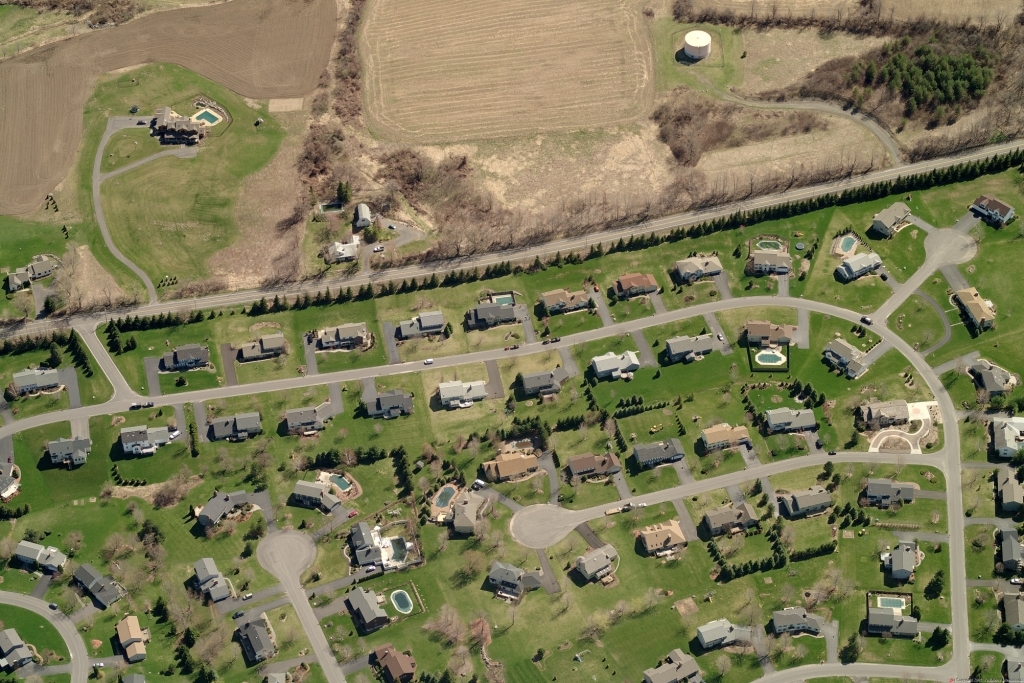 Pollan references the findings of a team of designers from M.I.T. and Columbia who were asked by UnitedHealthcare’s foundation to come up with the best way to tackle childhood obesity in America. “Their conclusion surprised the designers as much as their sponsor: they determined that promoting the concept of a ‘foodshed’ — a diversified, regional food economy — could be the key to improving the American diet.”
Pollan references the findings of a team of designers from M.I.T. and Columbia who were asked by UnitedHealthcare’s foundation to come up with the best way to tackle childhood obesity in America. “Their conclusion surprised the designers as much as their sponsor: they determined that promoting the concept of a ‘foodshed’ — a diversified, regional food economy — could be the key to improving the American diet.”